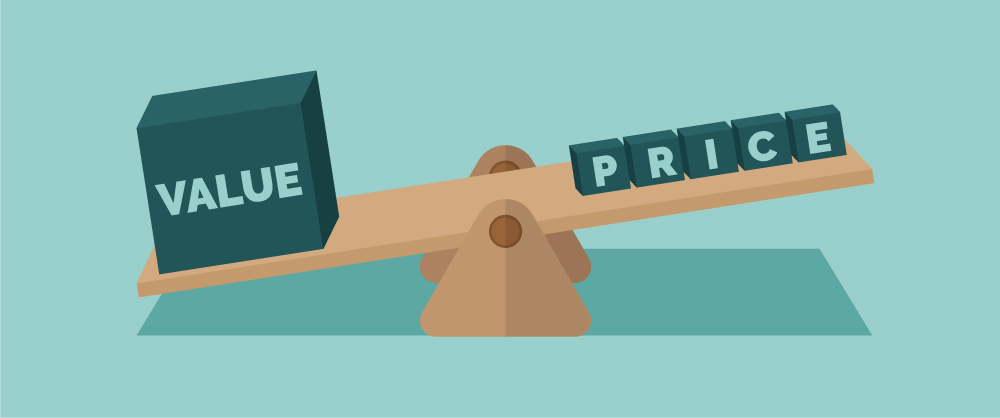Preserving the quality of light during value engineering

Written by Jaspal Bal, Founder & Managing Director of Light Link
(This article was first published in Construction Week magazine on 10th October 2021)
Lighting is a major way to make or break a space and like all aspects of a commercial project in the current economic climate, it’s subject to tight budget controls, making value engineering a standard part of the conversation. VE requests can be challenging to navigate for many reasons, but when we take it in its truest form, it’s completely understandable for clients to want to save money and achieve the best value based on their budget. With the right expertise, value engineering can provide alternative solutions that fulfil the design brief, maintain performance, improve functionality and meet the desired specifications, whilst ultimately reducing cost. Problems arise when the concept of “value” is forgotten, turning it into a short-term cost-cutting exercise that undermines everyone’s efforts to deliver a stellar result.
The hidden cost of comparison
When suppliers are asked to value engineer a design during the tender process, everyone is normally working against tight deadlines, and some companies will priortise ‘cost’ over ‘quality’. The Bill of Quantities is scrutinised on a line-for-line basis, and the original solutions are often exchanged for cheaper products, which can lead to a range of issues further down the line. Think health and safety concerns, electrical failures and lighting that falls short of the job it was originally designed to do. Too much focus on the cost without considering the bigger picture means that issues are simply passed down the line, slowing things down further, and it is the client that loses out in the end. That’s why quality control is vital in any value engineering situation to ensure that the alternative options provide the same function, are compliant, and meet the desired level of specification.
One of the biggest challenges is that light fixtures and fittings tend to be viewed as a ’material’ rather than an essential component of the design journey. Not everyone understands the technology, research and development that goes into creating the end lighting design that is tailored specifically for the space it’s trying to illuminate. Because lights are predominantly in the ceilings, office staff don’t physically interact with them in the same way they do a carpet or a joinery piece and therefore, the benefits can seem intangible. Yet, extensive research shows that when the quality of light is reduced employees’ productivity is reduced and it puts a strain on their physical and mental health.
Likewise, lighting controls is a complex area that often gets challenged without realising the longer-term cost savings that can be achieved with an advanced, energy-efficient lighting control system.
Understanding and expertise
In an ideal world, value engineering should be an integral part of the process with a collaborative approach to finding the most efficient, cost-effective options from the start. When that’s not possible, the focus should be on designing a holistic solution that takes into account the other project components and underlying technology. If a supplier is being asked to value engineer an existing design, they should always start by asking about the original intent; that’s the only way to fully understand the brief and be informed enough to offer added value. Where premium lighting products have been specified across the whole building, it might be possible to source ones at a better price, even from the same brand, that can be used in low footfall areas. Sometimes savings can be found by opting for products with a higher unit price and better functionality if it means less are required overall, reducing the total product cost (when you include other factors, such as cabling and installation). Choosing more efficient solutions could also have the longer-term benefit of lower costs over time.
When it comes to non-negotiable items the quality and safety of electrical components should never be compromised. Checking the specification compliance is a must and a minimum three-year warranty should be provided as standard. It’s also important to work with lighting companies that have a varied enough supply network, giving them access to a larger pool of potentially suitable products if flexibility is needed. By having strong relationships and good local knowledge, a supplier will be able to identify the best course of action and move quickly to implement changes in conjunction with all of the parties involved. Let’s not forget, VE is about adding value, not simply cutting cost.
